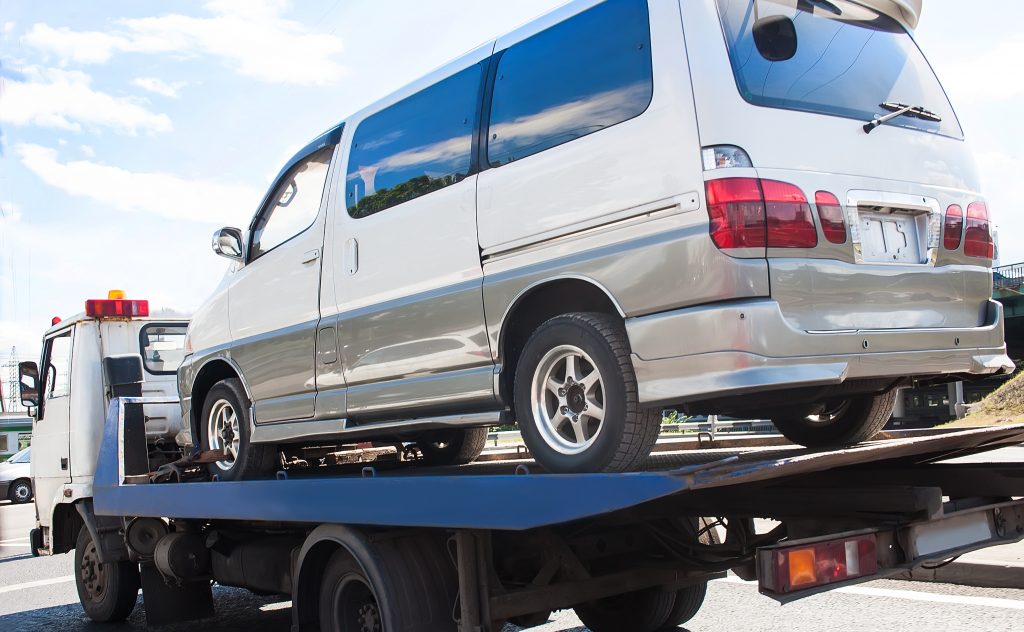Towing a car or truck safely requires experience and knowledge because there are several potential issues and dangers that can arise during a routine haul. It is important to know the proper procedures and safety precautions required to perform a successful tow, as well as, how to use towing equipment since it can cause serious injury if handled improperly. Furthermore, a beginner should always be accompanied by someone who has experience towing vehicles and other commodities. And this is just the start; there is much more to safe towing! Continue reading to learn important safety tips when it comes to towing a car or truck with your own equipment.

Indianapolis Towing 317-247-8484
Safety Chains
Whether you are towing an SUV, jet ski, trailer, or car, safety chains are a must-have for every job. They are the ties that keep the connection solid between your truck and your haul. It ensures that your cargo will not get separated, potentially damaging other drivers on the road. Safety is the main reason why the use of safety chains is also the law.
Never tie these chains to the bumper of your towing vehicle. This can cause the bumper to come right off! They need to cross under the tongue of a trailer instead, for proper connectivity. This way if the hitch comes undone, the trailer will still not separate. In order to make safe turns while towing a cargo, be sure to add a little slack to the chains. Manufacturer’s instructions define the proper procedures and safety precautions for hooking up tow chains. Be sure to refer to them as often as possible to reminders about safe towing.
Towing Capacity
Never exceed the tow capacity of your vehicle. This means towing a haul that weighs more than the vehicle itself. This action can quickly damage your vehicle’s drive train. An inflicted drive train is a dangerous situation; especially when it comes to uphill driving. Life threatening accidents and injuries can occur of a load is lost as a result of a damaged drive train. Be sure to brush up on your vehicle’s tow capacity and how to calculate your load weight accurately.
Turn Signals and Brake Lights
An area that is commonly overlooked by novice towers is light synchronization. When you hook up a trailer to your vehicle, your brake lights are not visible; instead, the ones on the back of the trailer are. It is important that these brake lights and signal lights are in sync with the actual brakes and other components. This allows other drivers to share the road safely while you tow. Lights that should be synchronized include hazard lights, brakes, turn signals, flashers, headlights, and fog lights. Don’t forget that this particular safety tip is also the law.
Where to Get Reputable Towing Service in Indianapolis

Zore’s Towing Indianapolis 317-247-8484
